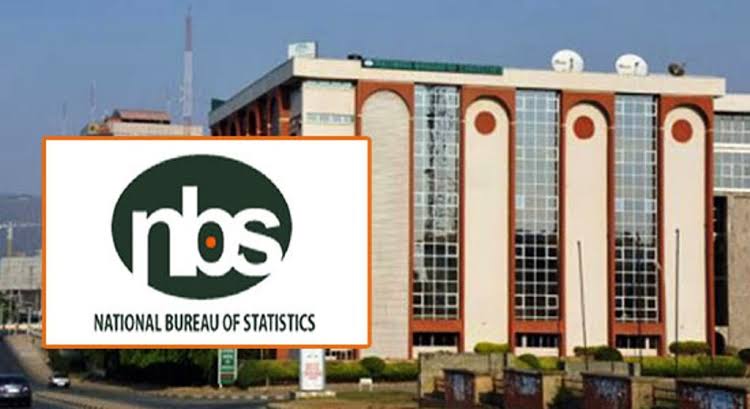Bismarck Rewane, the managing director of Financial Derivatives Company, has expressed doubts over the credibility of the recent Consumer Price Index (CPI) report issued by the National Bureau of Statistics (NBS).
The NBS recently announced that Nigeria’s headline inflation eased slightly to 23.71 percent in April 2025, down from 24.23 percent recorded in March.
READ ALSO: NBS: Nigeria’s inflation rate dips to 23.71% in April
However, Rewane has raised concerns about the credibility of this data, particularly with regard to inflation trends across different states.

Analyzing the figures, Rewane pointed out an unusual pattern: states known for producing food are recording alarmingly high inflation rates, while states that mainly consume these food products are reporting much lower rates, as reported by The Cable.
The economist compared the NBS data inconsistencies to the 2025 Joint Admissions and Matriculation Board (JAMB) exam irregularities, where technical glitches led to compromised results.
“Inflation was highest in three states; Benue state at 51 percent, Ekiti state at 34 percent, and Kebbi state at 33 percent; these are the food-producing states,” he said.
“While they were lowest in consuming states. Ebonyi state has 7.19 percent, Adamawa state had 9.52 percent, and Ogun state had 9.91 percent. He continued by questioning how food-producing areas could be grappling with higher price levels while consumer-based states reported far lower inflation.
“How come the states that are producing the food, and the food is stranded there at higher prices, while the states that are consuming the foodstuff are having low rates? What is happening here?
“Are those numbers credible? And if they are not, then what are we seeing here? Are we seeing some distortion in the methodology? Are we seeing a JAMB-type situation here?
“It is almost inconceivable that where you have the food, the prices are high, and where you are consuming the food, the prices are low. The difference between Benue state and Ogun state, for example, is almost 43 percent difference in inflation. What has happened?”
Rewane also cast doubt on the supposed drop in food prices, noting that the price trajectory of essential commodities such as rice remains unpredictable.
“Food prices come down, yes, we have seen some movement in some food prices, but are they sustainable? We’ve seen the price of rice and it’s gone all over the place,” he said.
He attributed the recent dip in rice prices to external influences, including increased imports and widespread rumours about contaminated products.
“Rice dropped, one, because of imports. Two, because of the rumour that there’s poison rice, so people are not buying the rice. But we have not seen a massive shift to the substitutes for rice yet, so that is something that needs to be looked at.”
“When you look at the food basket, you find that the price of tomatoes went up by 107 percent because of tomato ebola, while the price of dairy actually stayed a little bit stable, so those are the things that we’re looking at.
“When you look at inflation, you have to begin to look at what causes inflation to decline. Is it a weak exchange rate that leads to inflation, or is it inflation that leads to a weak exchange rate?”
According to Rewane, government-led initiatives to control food prices through direct intervention in food production or sales are fundamentally flawed.
“It’s not the government, producing food or government selling food, that’s the wrong way to go about it,” the economist said.
“The markets determine exactly what the efficient price of a commodity is, there’s an equilibrium price. The man who is selling rice, imports the rice and sells it in the market. The market, the consumer, based on his salary and his demand, will buy the rice.
“I don’t think we should be seeing the interventions that are going to bring down prices, most, you have an output gap. That output gap will be filled by people who are producing in the market.”
He further explained that inflation is driven by both supply and demand dynamics. On the supply side, challenges such as insecurity, poor infrastructure, and high transportation costs contribute to reduced output.
On the demand side, excess liquidity pushes prices higher.
“Inflation has two factors to it. One is the fact that there’s production shortfall because of insecurity, because of herders and all sorts of things, and the cost of logistics, petrol, diesel, and all the other things. Then there’s a demand side where people have excess liquidity and they are buying more.”
Rewane concluded by noting that while the Central Bank can curb demand through interest rate hikes, boosting supply requires broader economic reforms.
He emphasized that sustainable growth and price stability depend on improvements in energy supply, transportation, lower business costs, and enhanced agricultural productivity—factors that ultimately influence price equilibrium.

